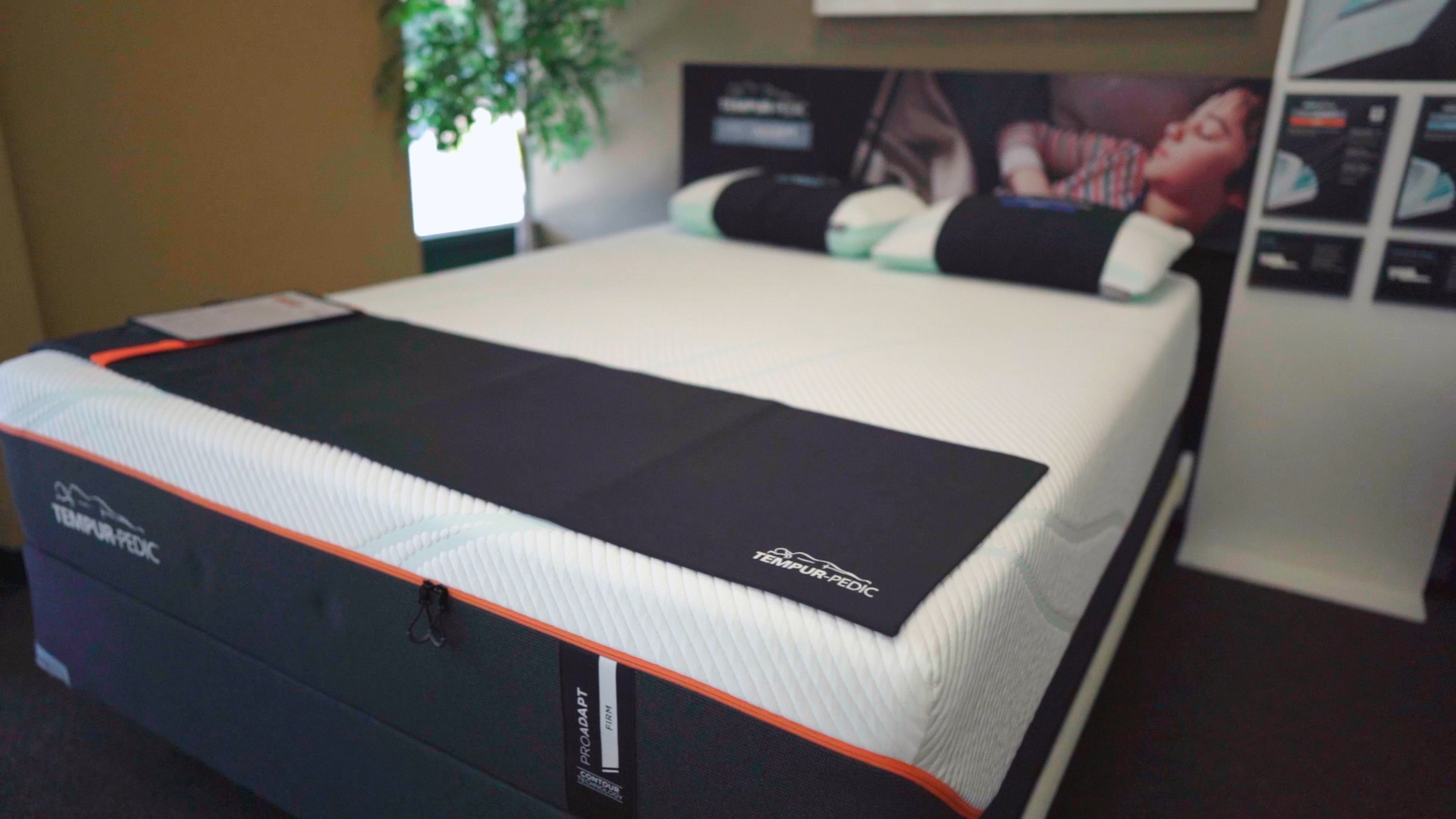5 Tips for Choosing a Mattress

Do you have trouble sleeping? You’re not alone. According to the CDC, one-third of U.S. adults say they usually get less than the recommended amount of sleep (at least seven hours). While a variety of factors can cause poor sleep (sleep apnea, excessive screen time, etc.), one of the most basic is a lack of comfort. If you aren’t comfortable on your current mattress, you may have difficulty sleeping regardless of your bedtime routine.
If you’re thinking about replacing your mattress, plan to make a well-informed and carefully considered purchase. After all, with the sheer variety of mattress styles and features nowadays, it can be difficult to determine which is the right fit for your particular needs. Here are five tips for choosing a mattress:
1. Focus on firmness.
While there are many factors to consider when choosing a mattress, none is more important than firmness level. No matter what material a mattress is composed of or what features it has, if it doesn’t provide the right level of support, you won’t be happy with it in the long term. That’s why it’s best to first determine your ideal firmness level and go from there.
2. Take a “test drive.”
Online mattress sellers have come into vogue in recent years. However, while purchasing a mattress online may be convenient and affordable, it isn’t necessarily wise. Buying a new bed is kind of like buying a new car—you really need to take it for a test drive before making the decision to purchase. Mattresses aren’t a one-size-fits-all type of product, which makes the in-person buying experience particularly important.
Your best bet is to visit a local mattress store and try several different models to see what works best for you. Take your time, keep an open mind and don’t be afraid to ask the salesperson plenty of questions.
3. Explore specific features.
In addition to basic characteristics like firmness level, it’s worth learning about the specific features that different mattress products offer. For example, memory foam mattresses reduce motion transfer between partners sharing a bed, and gel memory foam helps with temperature regulation. These types of features can add some extra perks to your mattress purchase.
4. Go big.
When it comes to beds, bigger is usually better. After all, if you share your bed with a partner, you don’t want to fight for space every night or get kicked, elbowed, or shoved on a regular basis. A healthy sleeper moves around 15 to 30 times during the night, and cramped conditions can make sleeping uncomfortable and frustrating. With this in mind, it never hurts to invest in additional square footage for your mattress.
5. Invest in quality.
We spend one-third of our lives in bed, and that time greatly influences the quality of the other two-thirds. For this reason, you should never go cheap when buying a mattress. Plan to invest in a high-quality product that will give you lasting support and promote long-term restful sleep.
Use Diamond Certified Resource to find top rated companies.
Related Articles
The Essential Guide to General Health & Wellness Services
Get Expert Advice From Owners of Top Rated Local Companies
Become a Diamond Certified Preferred Member (Always Free)